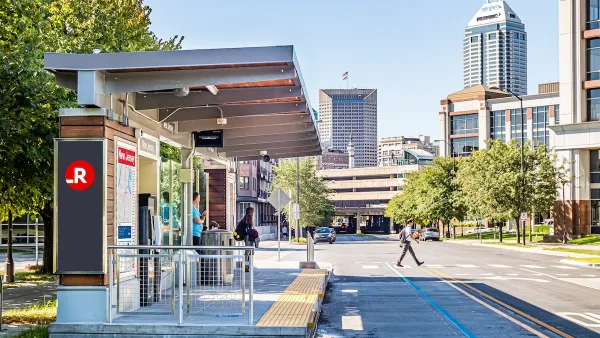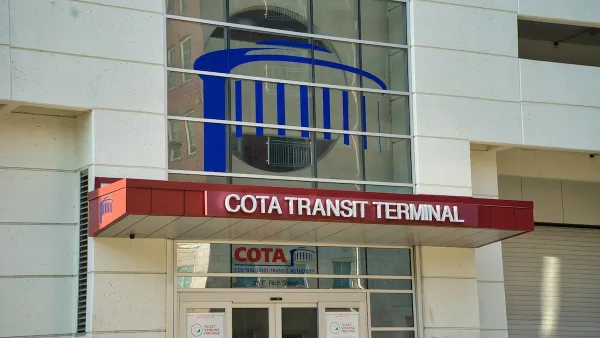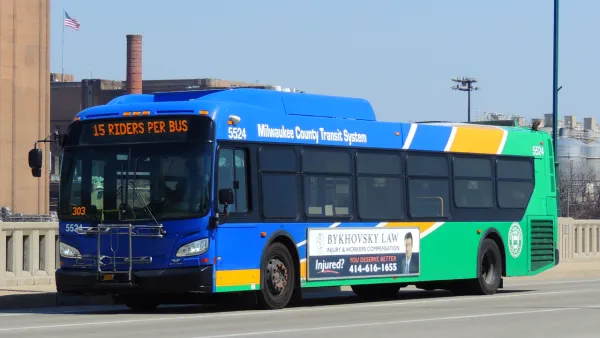During the last decade, bus rapid transit (BRT) has revolutionized regional transportation planning in much of the developing and developed world.
Bus Rapid Transit (BRT) went from being a fringe transportation option used in a handful of Brazilian and Australian cities to becoming a prominent mass transportation alternative for local and national governments.
Arguably the BRT concept with highest recognition is the provision of an exclusive right-of-way for bus transit coupled with high-frequency service. In South America, BRT systems in Curitiba, Brazil, and Bogotá, Colombia, feature networks of dedicated lanes designated for exclusive use by large-capacity, articulated buses, with expedited boarding and alighting.
"Twelve Latin American cities, three Australian cities, seven U .S. cities, eight Asian cities, and eighteen European cities have BRTs in place. Some are complete systems while others are single lines. Systems actively under construction also span the globe, including Dar es Salaam in Tanzania, Jinan in China, Bologna in Italy, Mérida in Venezuela, and Auckland in New Zealand."
From the conclusion: "Overall our results paint a mixed picture of the appreciation of prices due to BRT extensions. On the one hand, the evidence suggests price appreciation for properties already served by BRT, since they also benefited from the extensions. The estimated asking price premium is between 15 and 20 percent, although the appreciation began one year before the extension was inaugurated. This is significant, given that we know little about the potential magnitude of these effects. By contrast, we found limited evidence of asking price increases for properties along a corridor that previously did not have a local BRT station, but that now is served by the extension."
[Editor's note: You must login (free) to access the full PDF of this article.]
Thanks to Ann LeRoyer
FULL STORY: Land Value Impacts of Bus Rapid Transit

National Parks Layoffs Will Cause Communities to Lose Billions
Thousands of essential park workers were laid off this week, just before the busy spring break season.

Retro-silient?: America’s First “Eco-burb,” The Woodlands Turns 50
A master-planned community north of Houston offers lessons on green infrastructure and resilient design, but falls short of its founder’s lofty affordability and walkability goals.

Delivering for America Plan Will Downgrade Mail Service in at Least 49.5 Percent of Zip Codes
Republican and Democrat lawmakers criticize the plan for its disproportionate negative impact on rural communities.

Test News Post 1
This is a summary

Test News Headline 46
Test for the image on the front page.

Balancing Bombs and Butterflies: How the National Guard Protects a Rare Species
The National Guard at Fort Indiantown Gap uses GIS technology and land management strategies to balance military training with conservation efforts, ensuring the survival of the rare eastern regal fritillary butterfly.
Urban Design for Planners 1: Software Tools
This six-course series explores essential urban design concepts using open source software and equips planners with the tools they need to participate fully in the urban design process.
Planning for Universal Design
Learn the tools for implementing Universal Design in planning regulations.
EMC Planning Group, Inc.
Planetizen
Planetizen
Mpact (formerly Rail~Volution)
Great Falls Development Authority, Inc.
HUDs Office of Policy Development and Research
NYU Wagner Graduate School of Public Service





























